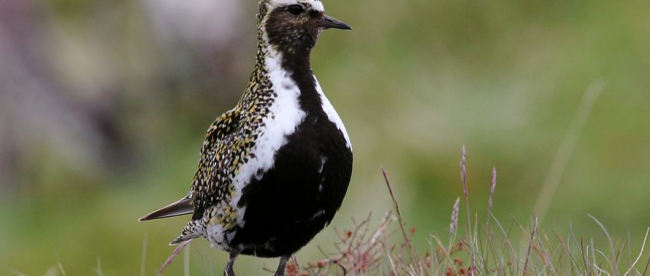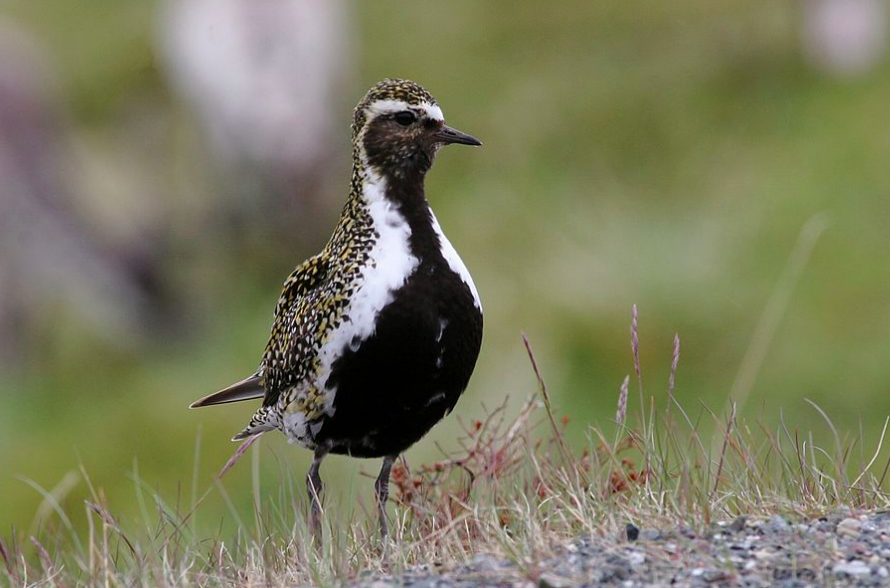The Bird That Set The Record Straight


Pictured above is a golden plover, a tiny bird commonly found in the United Kingdom but also found in Iceland, France, and the Baltic. About a half-century ago, they were among the favorites of game hunters throughout the British Isles. Weighing in at only about seven ounces, they weren’t being hunted for food, though; golden plover hunts were about the challenge, not the post-hunt meal. At about 10 inches (25 cm) tall, the golden plover was a small target.
And it was a fast one, too — so fast, it changed history. Or, at least, how we record it.
In 1951, a man named Hugh Beaver, then a manager at a brewery in Ireland, was on the southeastern coast of the island, participating in a bird hunt. As the Washington Post notes, it didn’t go well for him. Beaver took aim at a golden plover, fired. . . . and missed. He had an excuse, though: he claimed that golden plover was a tough shot, as it was Europe’s fastest game bird. His friend disagreed, arguing that the red grouse (seen here) held that honor. The two engaged in friendly banter over which bird was faster, but that argument went unresolved, for very good reason: there was no way to determine which one of them was actually right.
The discussion ended there but Beaver was inspired by the impasse — and he saw an opportunity to make something new. There had to be hundreds of thousands of questions just like this, where there’s a right answer, but there was no authoritative resource on which to rely, As a brewer by trade, Beaver saw this as a real problem: pub bets, across the UK and beyond, were being left unresolved. Beer and trivia go hand-in-hand, and he decided it was time to solve this problem — never again would someone be left unsure of which game bird was truly Europe’s fastest. For the next few years, Beaver worked with some trivia mavens, putting together a book of interesting and often esoteric data behind the fastest, strongest, longest, etc. about virtually everything he could think of.
But Beaver wasn’t really interested in changing careers and becoming an author. He just wanted to make and sell beer — so he tied his two projects together. In 1955, he printed about 1,000 copies of the book, not to sell, but to give away at pubs, all in an effort to promote his brewery, Guinness. The book, then known as the Guinness Book of Records, proved so popular that people wanted to buy copies; as the Guinness Book’s website notes, the book “became a Christmas best-seller that year.”
Today, Guinness World Records is the authoritative source for the superlative accomplishments around the globe, all because Beaver missed his shot.
(And, yes, the golden plover is the fastest European game bird, at least according to Guinness.)
Bonus fact: More than half a century later, Guinness World Records is the record book, but it’s not comprehensive — and doesn’t strive to be, because they don’t want to give people incentive to do bad things. For example, according to the Guinness World Records website, they used to have a category for “world’s heaviest cat.” But in 1998, that category disappeared from the annual guide; “editors and record managers decided to discontinue the category to deter people from over-feeding their pets just to appear in the book.”
From the Archives: Balloonacy: A world record attempt gone bad.
